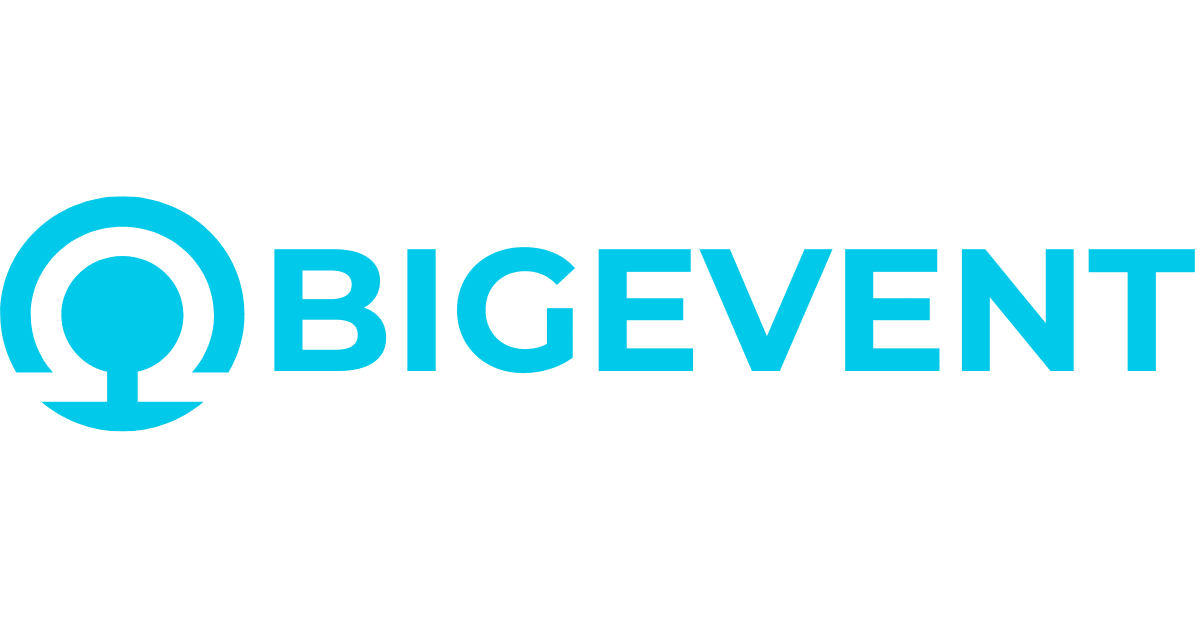Development of Individualized Creativity-Eliciting Test Items in Chemistry
Christian Kressmann, Humboldt-Universität zu Berlin (Germany)
Ruediger Tiemann, Humboldt-Universität zu Berlin, Institut für Chemie (Germany)
Abstract
We report the development and testing of creativity-eliciting test items. Those Items have been developed based on an Aptitude-Treatment-Interaction [1] approach to connect individual approach of creative thinking [2] to creative performance by utilizing the CPS 6.1™-Framework [3] and the curriculum of chemistry education [4]. Items have been developed and refined in a combination of a qualitative and semi-quantitative design by two separate studies and the method of qualitative evaluation [5]. Two different types of items were evaluated: one itemset that requires little pre-knowledge and one, that requires elaborate knowledge in chemistry. Individualization of items acknowledged the first dimension of the VIEW-Assessment [2], the Orientation to Change and its subcategories. By using in a guided Interview design, the qualitative study (N=6 10th grad students) suggested to neglect the 2nd Dimension of the VIEW-Assessment, the Manner of Processing. The 2nd and semi-quantitative study evaluated the correlation amongst pre-knowledge, interest in science and completion rate of different task-types that align with the first dimension of the VIEW-Assessment. Pre-Knowledge and interest in science correlated statistically significantly with the completion rate of the advanced test items (.609 ; p < 0.002**). Moreover, we report, that students with two proficiency courses being science, have a higher completion rate of creativity-eliciting tasks of all difficulty. Those tasks will then be used in a study to evaluate creative achievement by means of the Consensual Assessment [6] in a large-scale study (N=279).
|
Keywords |
Creativity, Problem-Solving, Aptitude-Treatment-Interaction, Item development, VIEW: An Assessment of problem-solving style |
|
References |
[1] Snow, R. E. (1989). Aptitude-treatment interaction as a framework for research on individual differences in learning. In P. L. Ackermann, R. J. Sternberg & R. Glaser (Hrsg.), Learning and individual differences: Advances in theory and research (S. 13–59). W H Freeman/Times Books / Henry Holt & Co. [2] Treffinger, D. J., Selby, E. C. & Isaksen, S. G. (2008). Understanding individual problem-solving style: A key to learning and applying creative problem solving. Learning and Individual Differences, 18(4), 390–401. https://doi.org/10.1016/j.lindif.2007.11.007 [3] Isaksen, S. G. & Schryver, L. de. (2018). Managing Creativity for Innovation and Change. Introducing the Current Approach to Creative Problem Solving. Orchard Park, New York. [4] Kultusministerkonfrenz. (2004). Bildungsstandards im Fach Chemie für den mittleren Schulabschluss. KMK. [5] Kuckartz, U., Dresing, T., Rädiker, S. & Stefer, C. (2008). Qualitative Evaluation. Der Einstieg in die Praxis (2., aktualisierte Auflage). Wiesbaden: VS Verlag für Sozialwissenschaften. https://doi.org/10.1007/978-3-531-91083-3 [6] Amabile, T. M. (1982). Social Psychology of Creativity: A Consensual Assessment Technique. Journal of Personality and Social Psychology, (43), 997–1013. |
 The Future of Education
The Future of Education





























